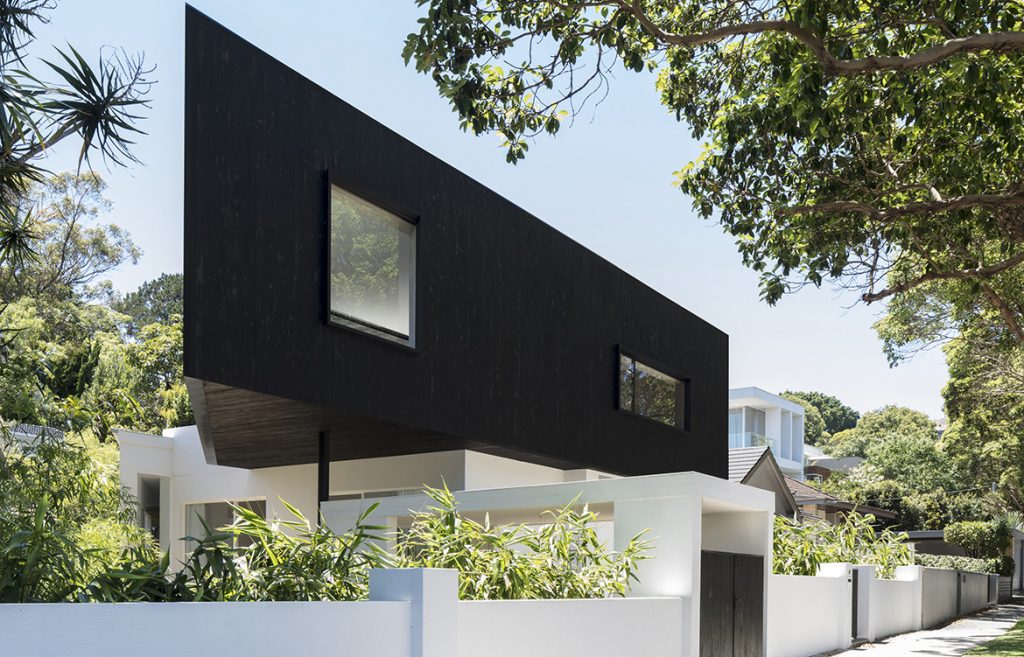
In luxury design, the materials chosen for a building’s exterior are as important as its architectural form. Today, architects are increasingly turning to natural finishes that balance craftsmanship with modern performance. Among these, charred timber—known as Shou Sugi Ban—has emerged as one of the most distinctive and durable facade materials.
Originating in Japan, the Shou Sugi Ban technique involves charring the surface of timber to create a carbonised layer. This natural barrier protects the wood against insects, UV rays, and moisture. The result is a bold, tactile finish that expresses both tradition and innovation. Unlike painted or stained finishes, the charred surface is part of the timber itself, meaning its beauty deepens over time rather than fading.
Designers of high-end residences and boutique developments now specify Shou Sugi Ban wood to introduce texture and contrast to clean, contemporary lines. Its matte black surface pairs elegantly with natural stone, corten steel, and glass, creating facades that feel both grounded and sculptural. The effect is dramatic yet timeless—a hallmark of bespoke architecture.
Beyond its aesthetic qualities, charred timber offers functional advantages. The carbon layer that forms during the burning process acts as a natural sealant, reducing water absorption and extending the wood’s lifespan. This makes it an ideal choice for climates subject to heavy rainfall or humidity, such as the UK. When maintained correctly, Shou Sugi Ban can outperform untreated softwoods while requiring minimal upkeep.
While Shou Sugi Ban provides a naturally fire-resistant surface, contemporary architecture often demands verified safety ratings. By integrating Fire Rated Cladding, designers ensure compliance with modern building regulations without compromising material authenticity. These treatments elevate timber cladding to Euroclass B-s1,d0 certification—an essential standard for multi-residential and commercial projects.
In many modern projects, architects are combining both approaches—charred finishes on surfaces exposed to view, and fire-rated treatments on upper storeys or boundary-facing elevations. This hybrid specification allows them to achieve striking visual continuity while meeting strict performance criteria.
The aesthetic versatility of these materials also extends beyond facades. Interior designers are introducing charred timber panelling into living spaces, feature walls, and spa-style bathrooms. Its rich tone absorbs light softly, creating warmth and balance in minimalist interiors. Meanwhile, outdoor applications—from saunas to garden studios—benefit from the same resilience and visual depth.
Equally important, sustainability underpins both Shou Sugi Ban and modern fire-rated timber. Each board is manufactured from responsibly sourced softwoods, and treatments rely on heat or non-toxic retardants. This commitment to low-impact production aligns with the global move toward environmentally responsible construction. Timber Cladding Specialists ensures that every product supplied supports this ethos of performance and ecological awareness.
A recent luxury villa development on the South Coast illustrates this synergy perfectly: blackened cladding contrasts with white render and glass, its minimalist geometry softened by the natural grain of wood. Despite its bold visual statement, the building remains sustainable, energy-efficient, and fully compliant with fire safety codes—a showcase of how technology and tradition coexist.
For architects, developers, and homeowners seeking materials that deliver elegance and assurance, charred timber and fire-rated cladding represent the pinnacle of modern design thinking. Their fusion of artistry, performance, and sustainability reflects the evolving priorities of contemporary luxury architecture.
To explore these materials in more detail, obtain samples, or request tailored specifications, visit the page at Timber Cladding Specialists. Their expert team can assist in selecting the perfect finish for any project—from boutique developments to architectural landmarks.
